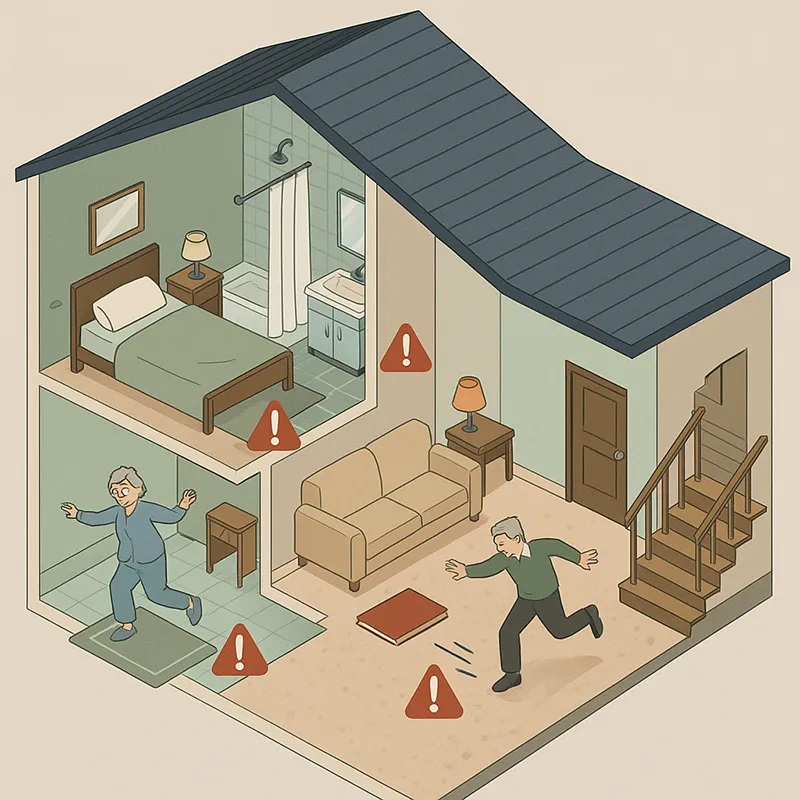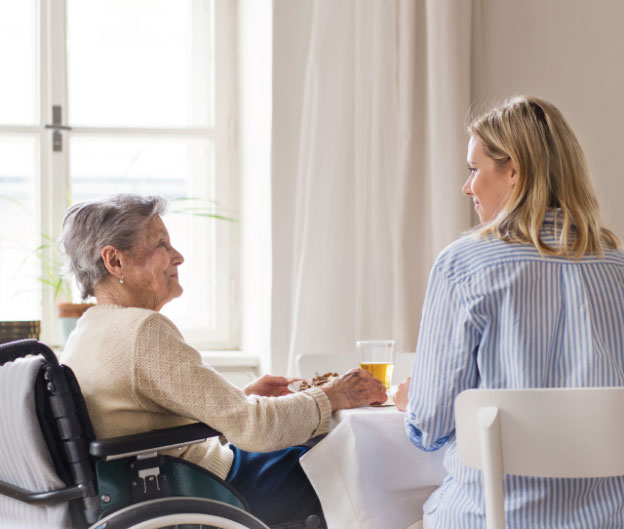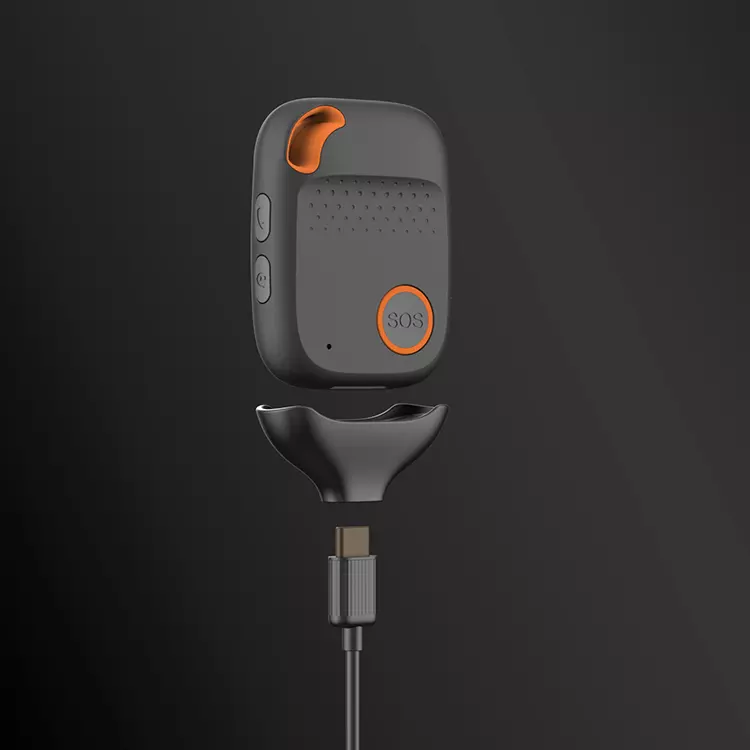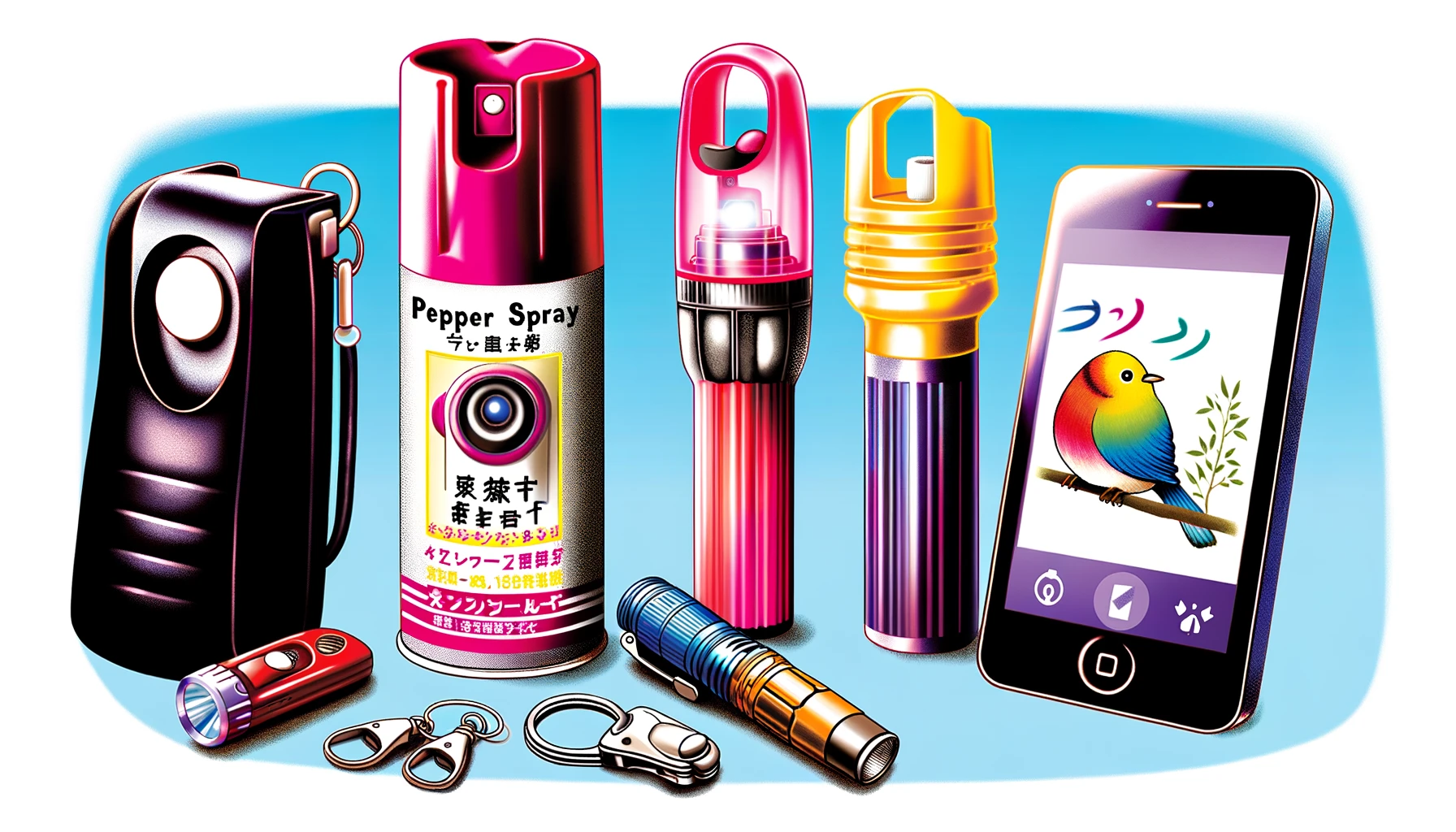Home Safety Assessment – Sub-article 2 in our Australian Falls Guidelines 2025 series
Quick reality check: In Australia, falls account for about 43% of all injury hospitalisations overall, and around 75% among people 65+ [35], with older Australians facing 53,000 emergency presentations and 44,000 hospital admissions annually [1].
More than half happen in at home [4]-and older people are 12× more likely to fall than have a car accident [1].
Good news: Home safety fixes cut fall risk by 26% [8]. When an occupational therapist assesses your space and arranges modifications, previous fallers see 20% fewer repeat incidents [8].
Below you’ll find room-by-room hazard spotting, proven safety fixes, and simple tech tools that keep you steady on your feet. Whether you’re worried about your own safety or an ageing parent’s independence, these evidence-backed steps prevent accidents before they steal mobility and confidence.
Falls at Home: Know the Risk Factors
1 in 4 people over 65 fall yearly [12]; nearly 50% of those aged 80+ [4]. Falls aren’t “normal ageing”-they’re preventable accidents with identifiable causes.
What Makes Older Adults Vulnerable
| Factor | How It Affects Fall Risk | Key Stats |
| Physical changes | Weaker muscles, slower reflexes, balance issues [4] | Reaction time ↓ 40% after age 70 |
| Health conditions | Diabetes, heart disease, stroke disrupt balance [13] | Multiple conditions = 3× higher risk |
| Medications | 4+ daily pills increase dizziness, confusion [12] | Sedatives & blood pressure meds worst culprits [8] |
| Cognitive decline | Memory problems affect safety awareness [4] | Even mild impairment doubles fall risk |
Where and Why Falls Happen
More than half of older-adult falls occur at home [4]. The usual suspects:
- Environmental traps: Poor lighting, loose rugs, electrical cords, uneven surfaces
- Personal risks: Rushing to the toilet, wrong footwear, foot problems (corns, numbness) [4]
- Lifestyle factors: Weak muscles from inactivity, poor nutrition, dehydration [4]
The Real Cost of Falling
30–50% of falls = minor injuries; 10% cause serious harm [4]. Hip fractures hit hardest-often mean permanent mobility loss and hospitalisation [4].
But here’s what matters most: the fear factor. Post-fall syndrome strikes many older adults-they restrict activity to avoid falling again [14]. Reduced movement → weaker muscles → higher fall risk [4]. Vicious cycle.
Falls = No. 1 reason older adults lose independence [14]. Many can’t return to previous functioning after a serious tumble, requiring extra care or residential placement [4]. Fear keeps them housebound, cutting social connections [14].
Smart home assessment tackles both environmental hazards and personal risk factors-your best shot at staying steady and independent.
Room-by-Room Safety Audit
Each room hides specific fall traps. Here’s your hazard-hunting guide:
| Room | Main Risks | Essential Fixes |
| Bedroom | 60% of falls happen here[8] | Lamps within arm’s reach; night lights to bathroom; cords off floors; bed height 51-66 cm [9]; sit 1-2 min before standing [4] |
| Bathroom | Bathrooms are a frequent site of home falls [11] | Non-slip mats in tub/shower [1]; grab bars near toilet & shower [4]; mount to wall studs (250-pound capacity) [3]; never use towel rails for support [1] |
| Kitchen | Spills + reaching + heat | Store daily items at waist level [4]; use trolleys for transport [8]; clean spills immediately with long-handled mop [8]; non-slip mats near sink/stove [12] |
| Living Areas | Furniture + clutter + cords | Clear walkways; remove low coffee tables [4]; secure/remove loose rugs [4]; high colour contrast for furniture [13]; cords against walls [4]; cordless phones [8] |
| Stairs/Hallways | Steps + poor lighting | Handrails both sides, extending beyond steps [14]; support full adult weight [14]; switches top & bottom [4]; motion-activated lights [4]; bright non-slip tape on step edges [15] |
| Outdoor | Uneven surfaces + weather | Sweep paths; repair broken surfaces [1]; remove tools/hoses [4]; outdoor lighting at entries [1]; winter ice treatment [4]; grab bars at front door [4] |
Quick Room Checks
Bedroom priorities:
- Bed height test: feet flat on floor when sitting
- Light switch reachable without getting up
- Clear path to bathroom (especially at night)
Bathroom essentials:
- Grab bars positioned where you actually need support
- Non-slip surfaces in wet areas
- Good lighting for medicine cabinets and mirrors
Kitchen safety:
- Heavy items stored between shoulder and waist height
- Spill clean-up kit within easy reach
- Adequate task lighting over work surfaces
Traffic areas:
- 90+ cm clear width for walking paths
- No obstacles in regular routes
- Light switches at room entrances
How to Conduct a Home Risk Assessment
The right assessment tools pinpoint hazards you might miss and guide you toward fixes that actually work. Start with systematic screening, then know when to call in professional expertise.
Using a home safety assessment checklist
Home Falls and Accidents Screening Tool (Home FAST) stands out – a validated instrument examining 25 common home hazards with clear scoring that flags high or low fall risk [16][16].
Your checklist should cover:
| Area | Key Checks |
| Exterior & entrances | Lighting, handrails, even surfaces |
| Interior pathways | Clear walkways, cord placement |
| Bathroom safety | Grab bars, non-slip surfaces |
| Kitchen setup | Storage heights, floor conditions |
| Bedroom arrangement | Bed height, lighting access, toilet path |
| Stairs | Handrail security, step visibility |
Complete with a second person for objective observations. Document hazards alongside potential solutions, ranking fixes by risk severity.
When to involve an occupational therapist
OTs bring specialised expertise beyond basic checklists. They assess your daily routines, observing how you complete tasks like getting on/off chairs and moving around your home [18][18].
Call an OT when:
- Recent mobility changes (fracture, sprain, fall) [17]
- Multiple falls in past 6-12 months [17]
- Complex modifications or specialised equipment needed
- Home environment clearly contributes to fall risk [17]
During visits, they evaluate endurance, motor skills, balance, strength and coordination [18]-then recommend specific modifications tailored to your functional needs.
Signs that assessment is needed
Red flags include:
- Recent falls or near-misses at home
- Difficulty with stairs or room-to-room movement
- Visible hazards (loose rugs, poor lighting, clutter)
- New mobility issues or balance-affecting conditions
- Recent hospital discharge or medication changes
- Damaged home features (worn handrails, uneven steps)
Schedule assessments:
- Before new care workers start
- When services or home environment change
- Annually to maintain safety standards [19]
These proactive steps prevent accidents that steal independence and confidence.
Home Safety Fixes That Cut Fall Risk by 20%
Proven home modifications deliver immediate protection. Previous fallers see 20% fewer repeat incidents with the right safety changes [20]. These evidence-backed interventions preserve independence while preventing life-changing accidents.
Essential Safety Upgrades at a Glance
| Intervention | Where to Install | Why It Works |
| Grab rails | Toilets, showers, stairs, bedside | Must support 112kg+ force; proper mounting to wall studs [22] |
| Rug removal | All walkways | Remove or secure rugs [23] |
| Motion lighting | Stairs, hallways, bathrooms | Auto-activation prevents dark navigation accidents [25] |
| Non-slip surfaces | Shower/bath, kitchen floors | Rubber mats with suction cups; anti-slip coatings [5] |
| Clear pathways | Living areas, bedrooms | Remove low tables; keep essentials within arm’s reach [6] |
Grab Rail Installation: Get It Right
Position grab rails where daily tasks happen:
- Near toilets & in showers for slippery-surface stability [2]
- Along staircases & hallways for balance support [6]
- By beds to assist sitting up and standing [21]
Critical: Mount to wall studs with proper anchors. Your wrist stays aligned with your forearm-no sideways stress [22].
The Rug Reality Check
Remove loose rugs entirely or secure with double-sided tape and corner grippers [23]. Keep electrical cords against walls, away from foot traffic. Simple changes, major impact.
Smart Lighting Strategy
Bright, accessible lights in every room-especially stairs, hallways, and outdoor paths [24]. Motion-sensor options turn on automatically, lighting hazards before they cause problems [25].
Non-Slip Solutions That Stick
Rubber shower mats with strong suction cups [5]. Anti-slip treatments for bathroom tiles [26]. Wooden or tiled floors benefit from specialised coatings that boost traction without changing appearance [26].
Tech Tools That Actually Help
Modern gadgets add smart backup to physical safety fixes. These devices detect trouble, light your way, and call for help when seconds count.
Personal alarms: Your safety net
Emergency response systems let you summon help with a button press-24/7 monitoring centres arrange assistance within minutes. Research shows users become more active around their homes [27], knowing help is always available.
Fall detection add-ons can cost AUD 0.00–15.29 monthly [28]. Chest-worn devices achieve 98% accuracy in lab-based algorithm testing [27], though soft falls and gradual descents still challenge detection [31].
Motion-sensor lights: No more fumbling in the dark
Most falls happen during nighttime bathroom trips [29]. Automated pathway lighting from bedroom to toilet cuts this risk dramatically. Studies show these systems reduce fear of falling from 5.5 to 3.8 (0–10 scale) [29] whilst improving sleep quality.
Fall detection sensors explained
These devices use three key technologies:
- Accelerometers-measure sudden velocity changes
- Gyroscopes-track body orientation and rotation
- Altimeters-detect height changes [30]
Wear as pendants, wristbands, or chest devices for maximum accuracy.
Smart home monitoring: Eyes on daily patterns
Passive sensors track kettle use, door openings, and room temperatures [10]. AI-powered systems learn normal routines and alert carers to unusual patterns [10]-a cost-effective alternative to constant supervision.
Quick tip: Combine motion lighting, personal alarms, and grab rails for layered protection that covers detection, prevention, and emergency response.
Home Safety Assessment – Conclusion
Home falls steal independence-but they don’t have to. Most accidents trace back to fixable hazards: loose rugs, poor lighting, missing grab rails, cluttered paths.
Start with your highest-risk rooms. Bedrooms and bathrooms account for most incidents, so tackle these first. Install grab rails properly, secure or remove loose rugs, add motion-sensor lighting for night trips, and clear walkways of cords and clutter.
Add tech backup where it makes sense. Personal alarms, motion lights, and fall detectors work alongside physical fixes to catch problems early or summon help fast.
Book an OT assessment if you’ve fallen recently or face complex mobility issues. These professionals spot risks you might miss and design solutions for your specific needs.
Treat safety checks like smoke alarm batteries-schedule annual reviews. Your mobility changes, your home ages, and what worked last year might need updating.
The choice is simple: spend time on prevention now or risk losing independence later. Grab that checklist, walk through your home, and start fixing what you find. Your future self will thank you for every hazard eliminated today.
References
[1] – https://www.betterhealth.vic.gov.au/health/healthyliving/falls-prevention-at-home
[2] – https://www.health.qld.gov.au/stayonyourfeet/for-seniors/make-home-safe
[4] – https://www.health.qld.gov.au/stayonyourfeet/for-professionals/home-safety
[5] – https://www.activeandhealthy.nsw.gov.au/preventing-falls/preventing-falls-for-older-adults
[6] – https://pmc.ncbi.nlm.nih.gov/articles/PMC7093636/
[7] – https://www.healthdirect.gov.au/falls
[8] – https://www.cochrane.org/about-us/news/cochrane-review-shows-reducing-trip-hazards-and-decluttering-can-prevent-falls-among-older
[9] – https://www.webmd.com/healthy-ageing/why-do-older-adults-have-more-falls
[10] – https://www.nhsinform.scot/healthy-living/preventing-falls/causes-of-falls/
[11] – https://www.ncbi.nlm.nih.gov/books/NBK235613/
[13] – https://www.qld.gov.au/seniors/health/healthy-living/reduce-falling-risk/tips-reduce-falls-home
[14] – https://www.uclahealth.org/news/article/how-prevent-falls-bathroom
[15] – https://stopfallsathome.com.au/about/
[16] – https://www.genphysio.com.au/our-news/what-does-an-occupational-therapist-do-on-a-home-visit/
[18] – https://www.safework.nsw.gov.au/__data/assets/pdf_file/0017/1215206/Home-safety-checklist.pdf
[19] – https://www.health.vic.gov.au/ageing-and-aged-care/falls-prevention
[21] – https://jukeboxhealth.com/blogs/news/floor-safety-reduce-fall-risk
[22] – https://ilct.com.au/uploads/general/Info-sheets-NEW/Building-Design/Building-Design-Grab-rails-guide-to-selection-and-installation.pdf
[24] – https://respect.com.au/blog/how-to-reduce-the-risk-of-falls-at-home/
[26] – https://vitalease.com.au/where-should-install-grab-rails-for-elderly/
[27] – https://www.kodalights.com/blogs/news/safety-first-lighting-solutions-for-enhancing-home-security
[30] – https://www.seniorliving.org/medical-alert-systems/best/fall-detection/
[31] – https://www.tunstallhealthcare.com.au/fall-detector-pendants
[32] – https://pmc.ncbi.nlm.nih.gov/articles/PMC7949218/
[33] – https://www.mepacs.com.au/understanding-falls-detection-in-mepacs-personal-alarms
[34] –https://www.agespace.org/tech/elderly-monitoring-services








